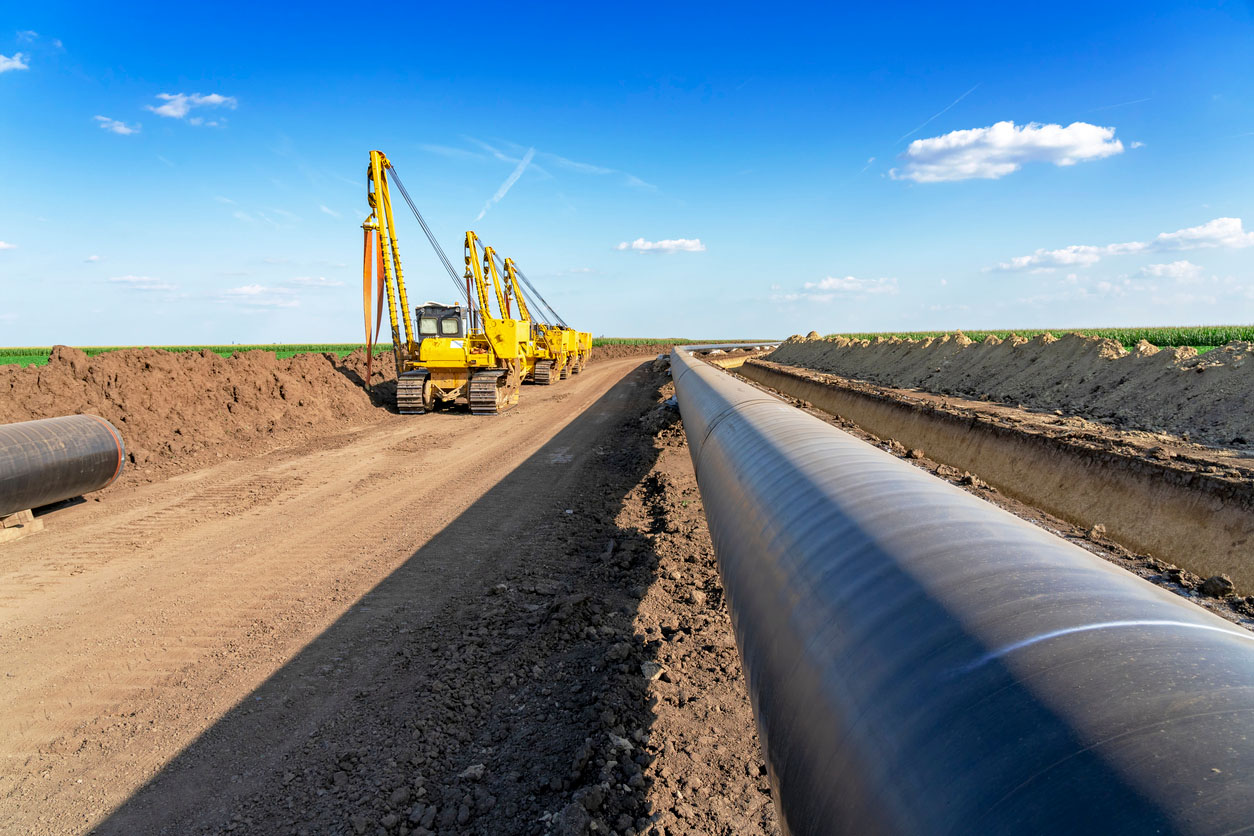Gippsland Times, 24 October 2023, Latrobe Valley Express, 25 October 2023
The landmark federal-state CarbonNet project, which aims to take carbon dioxide emissions from the Latrobe Valley and sequester them under Bass Strait, has got the go ahead for a vital part of the project – the plan to build a pipeline that will carry liquefied CO2 to the coast.
The 100 kilometre-pipeline – 80km buried onshore and a further 20km offshore – will take liquefied CO2 to a carbon capture and storage hub at Golden Beach, creating a connection for multiple carbon capture projects. The pipeline consultation plan (PLP) received regulatory approval in August.

Initial talks have begun, with the first of up to 110 Gippsland landowners directly affected by the proposed 80km underground pipeline that will carry the liquefied CO2 from Loy Yang to Golden Beach.
A CarbonNet spokesperson said, “Landholder and community consultation and survey outcomes will be crucial in finalising the route of the proposed pipeline.”
“The CarbonNet team is contacting landholders to seek access to their land to conduct spring and summer surveys.”
The pipeline, buried 1.5 metres below the ground surface, will extend to two drill centres proposed for CarbonNet’s offshore Pelican site, where the CO2 will be stored underground, 1.5km beneath the seabed.
The consultation plan aims to introduce the project to landholders, understand if the proposed pipeline corridor is suitably located and request land access for future surveys such as for flora and fauna, and cultural heritage. It covers the onshore pipeline part of the project.
Once the pipeline crosses the shoreline, consultation on the remaining estimated 20km offshore will be subject to and regulated by the federal government under the Offshore Petroleum and Greenhouse Gas Storage Act 2006 (Cth).
Onshore, the pipeline will require a 30-metre easement, which will provide access to construction and long-term maintenance. Landowners can expect some disruption in the six-to-24 months estimated construction time.
Some areas of vegetation on or outside the easement may need to be cleared for construction. CarbonNet says vegetation clearing will be avoided where possible. Land will be rehabilitated to its previous condition after construction.
Funded by the state and federal governments and begun in 2009, CarbonNet aims to establish a commercial-scale carbon capture and storage (CCS) hub in Gippsland.
The hub will enable new and existing industries in the Latrobe Valley to decarbonise and contribute to Victoria’s 2035 interim emissions reduction target and net-zero emissions by 2045.
The process will start with CO2 customers providing compressed CO2 to CarbonNet for transport and storage at the Pelican site. The governments say a successful CarbonNet project will provide sustainable growth for Gippsland, driving jobs and investment. Potential industries include the manufacturing of hydrogen, fertiliser and bioenergy.
CarbonNet does not include the capture or processing of carbon facilities and only proposes to convey and store CO2 once acquired from customers.
The pipeline options are a single pipeline of 400-700mm diameter or dual pipelines 400-500mm in diameter. The number of pipelines, diameter and depth will be confirmed during front-end engineering design (FEED).
The pipeline will cross the shoreline at Golden Beach and will likely be laid using horizontal directional drilling rather than an open trenching method to avoid surface impacts on sensitive coastal features.
The offshore pipeline is proposed to extend about 20km where it will meet two drill centres and a number of injection wells above the Pelican storage site. Pelican is a natural offshore geological formation deep under the seabed in the Gippsland Basin. It will have an initial slow injection start-up, ramping up to a rate of six million tonnes of CO2 per year when fully operational.
Pelican has an expected lifespan of 30 years and a capacity of 168 million tonnes. The estimated timeframe for the project takes in seven stages: research and development for the whole project from 2009-2023, followed by assessing route options and then stakeholder engagement this year. Obtaining and access for surveys will take two years, with agreements on the pipeline finalised next year. Application for the pipeline licence is aimed for 2025, with pipeline construction starting in 2026, to be completed by 2027.
The pipeline is expected to operate from 2027 until 2057.
The plan is publicly available at vic.gov.au/CarbonNet